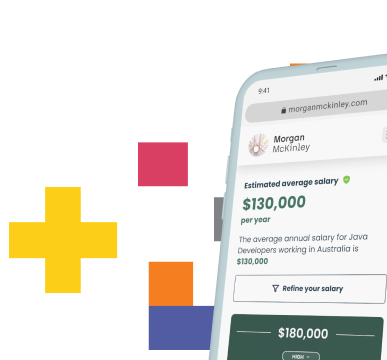The risks of Artificial Intelligence recruitment tools

The greatest risk encountered when using Artificial Intelligence tools for recruitment purposes is the distinct lack of transparency surrounding the processes - strategies need to be established from the outset.
AI BRINGS RISK AS WELL AS REWARD
From our previous articles we have established that there is enormous potential for the use of Artificial Intelligence in recruitment. But that said, it isn’t necessarily all plain sailing - there are risks to be considered and hurdles to overcome. Far from making recruitment processes and selection decisions more transparent, it’s obvious in many respects that AI tools make those processes and decisions very opaque. So it’s important for all parties to consider the risks and develop strategies to mitigate them.
1) TEETHING PROBLEMS WITH NEW TECHNOLOGY
Adopting AI tools requires a staged approach to check that the algorithms aren’t doing a botched job. It’s not a simple task; identifying suitable individuals for roles based simply on the contents of a CV or a LinkedIn profile - paired with poor products - could lead to jarringly bad matches that make recruitment functions look like amateurs. This gives bad experiences to applicants and hiring managers alike, whilst wasting both time and money.
2) THE LAW IS TIGHTENING ITS GRIP ON RECRUITMENT
Whilst we are still in the relatively early stages of using AI in recruitment processes, the tools use closely-guarded proprietary algorithms that, as yet, aren’t subject to regulatory oversight. With HR departments and recruiters in the dark about how the technology actually works, companies might have some nasty surprises in store, in the form of unexpected lawsuits and reputational damage. All sorts of laws are in play here from anti-discrimination legislation, through to data protection regulation like GDPR and the very hefty fines that can result from mistakes in processing personal data. This is a particular concern when automation is introduced to recruitment.
3) THE KEY TOPIC OF ETHICS
On top of legal considerations, the next sticky area is around the need to ensure the ethical and responsible use of AI tools. How far does the machine go to decide the suitability of an applicant, what is the extent of the profiling, what aspects of an applicant’s personal life, and the machine’s mechanical perception of that, are going to influence the decision? Business leaders have to take steps to ensure their organisations are using their tools in an ethical manner and employees must have a clear understanding of what they will be implementing. This is incredibly important to the recruitment industry because the tools will be heavily impacting people’s lives - a strong ethical framework is necessary.
Ethics training should be organised for technologists, and hiring companies’ ethics committees will need to review the tools, making sure they won’t put certain candidates at a disadvantage. Biased and unfair treatment of people must be avoided - for example if AI tools cyber-snoop to gather background information that helps it make predictions of intelligence and personality, there’s a severe risk that employers will be diminishing the data rights of individuals. Today I can pay any number of companies to clean up my online profile and one of the key drivers these firms cite is the negative impact that social media posts can have on employment prospects. But we know employers don’t have the physical resources to do large scale auditing of prospective employees’ social behaviours - so there is no doubt that this is a task that is being delegated to machines, which has to be a concern.
4) THE DANGER OF ASSUMING THAT AI TOOLS WILL BE UNBIASED
We talked before about bias and employers are likely to run into trouble if they blindly rely on their Artificial Intelligence tools - human input will still be required and monitoring will be needed, constantly. Any machine learning algorithm is only as good as the training data it learns from, so if the initial data is biased, the tool will inevitably reflect this. For this reason, care must be taken over the data that is fed into the software and there must be full understanding of how the machine learning occurs.
HARNESS THE POTENTIAL AND MAKE THE MOST OF THESE EXCITING TIMES
This technological revolution across recruitment is gathering immense pace and whilst there are risks, there are great opportunities too. Artificial Intelligence in recruitment is already becoming the norm. If we all recognise and work to minimise the challenges that the tools bring, the many benefits can be maximised for the good of jobseekers, hirers, and recruiters alike.














